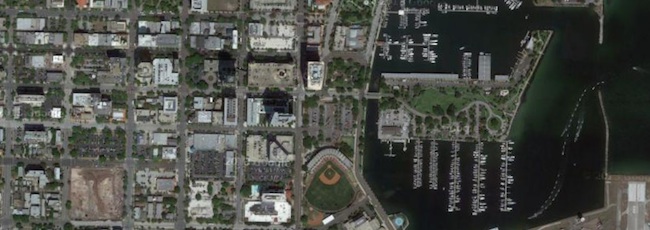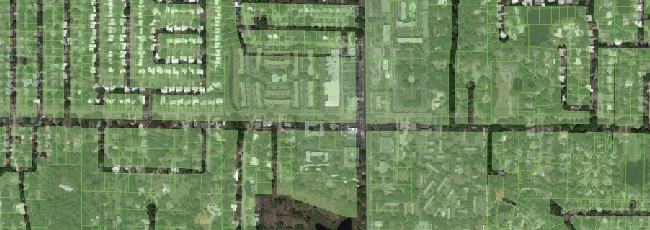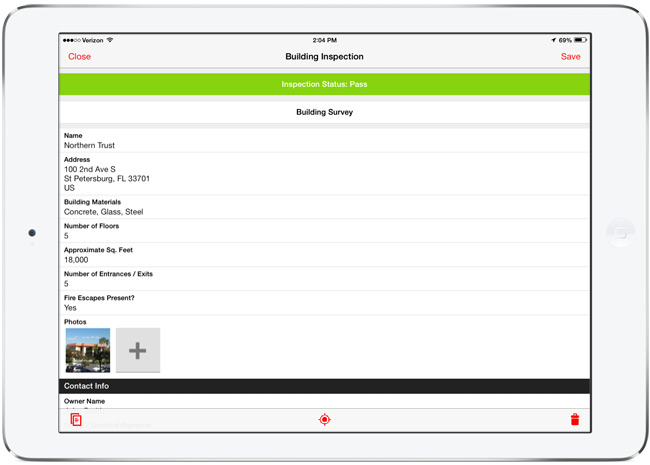Many of Fulcrum’s users are in the field collecting data which later needs to be shared with various stakeholders, like clients, government agencies, or management team members. We recently released a feature that makes this process even easier. Data Shares allow you to generate simple URLs for downloading or accessing data within your Fulcrum Apps that you can publish or share.
Now, all users with Small plans and above have Data Shares available. An account’s owner can enable sharing for a specific App, and then have access to a URL that serves up that data in a variety of formats: CSV, KML, GeoJSON, or JSON. The owner can then give the link to, for example, a client. Each time the client accesses the link, they’ll pull up-to-date data from that App.
Being able to access your App’s data easily in multiple formats allows for sophisticated uses of that information in real-time.
Why This is Powerful
Data collection efforts are often continuous, with teams out in the field on a daily basis conducting inspections, user surveys, or field reports hour by hour, and syncing them to the cloud where the information can be visualized or exported. Many users export data as CSV on a recurring basis to analyze or merge with other data on their own systems. Now, once a data share has been enabled, you’ll be able to have their script use the URL to automatically fetch fresh data without running an export.
It’s powerful to visualize the data you collect, especially to quickly convey progress to stakeholders. Now it’s much easier to build a web map that uses current data each time the map is refreshed. You can use something like Bootleaf and a GeoJSON data share to easily display the data you’ve collected on a map. There are many parameters that can be used to customize the data returned to give a lot of flexibility and control.
Other users may have used the Google Earth Streaming capability to quickly visualize the data they collect. But that shows data from all your Apps. Using a KML data share will allow this same, quick visualization scoped to just the App you want to share.
Using QGIS, the free and open source GIS software, you can even use a GeoJSON data share URL and add your live data to a QGIS map project using the data share URL. This is fantastic for getting a mappable layer into a GIS for combining with your other GIS data layers.
We hope these examples give you an idea of what else you can do with Data Shares and how valuable they’ll be to your efforts to use your data once collected.
About Fulcrum
Fulcrum is a mobile data collection platform built to allow users to design custom field survey form templates to deploy to mobile staff on iOS and Android devices. Since, Fulcrum has been helping organizations with mobile field staff save time and money, and collect better GIS information. Read more about Fulcrum by visiting the website, or follow us on Twitter or Facebook for updates.
Read More »

